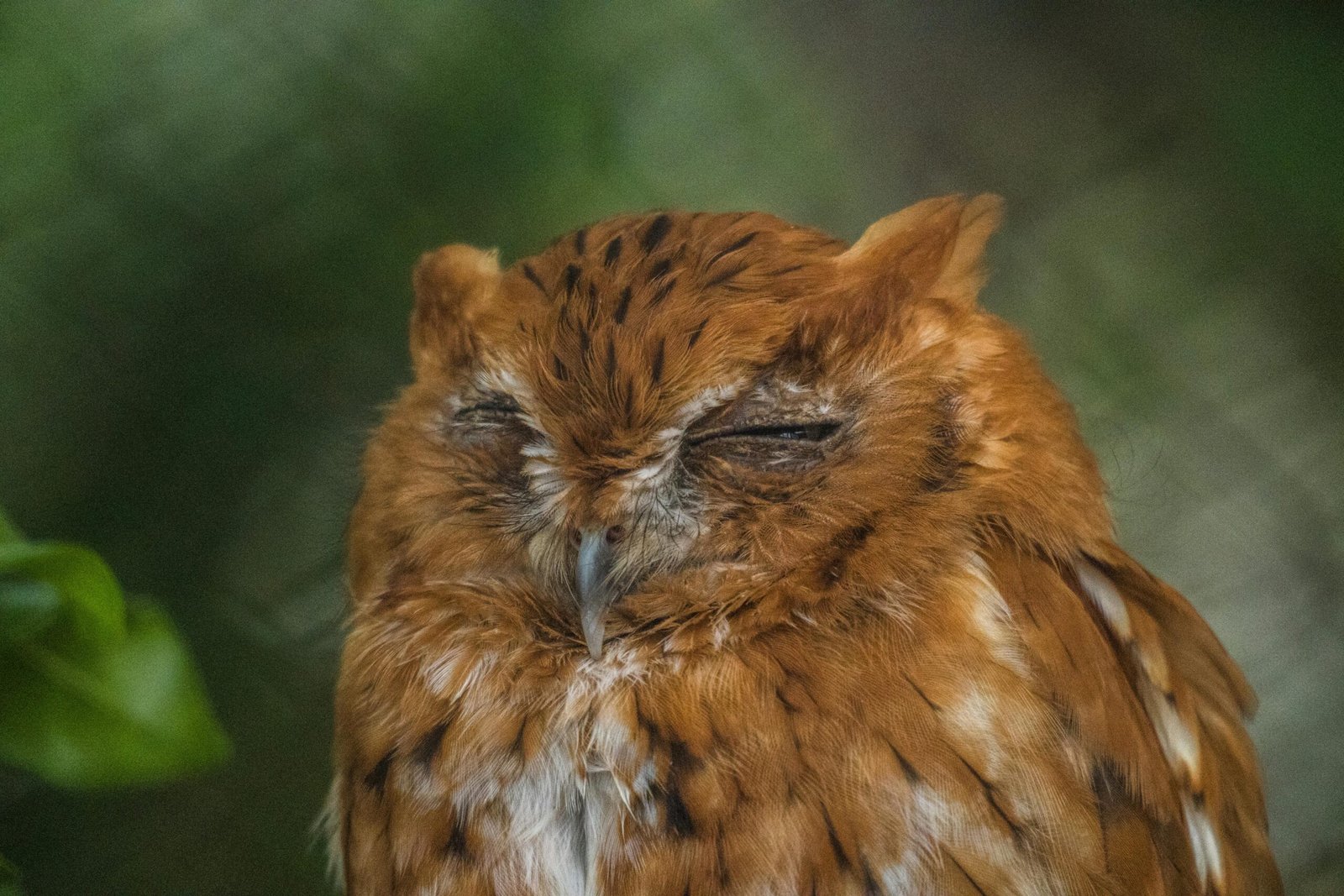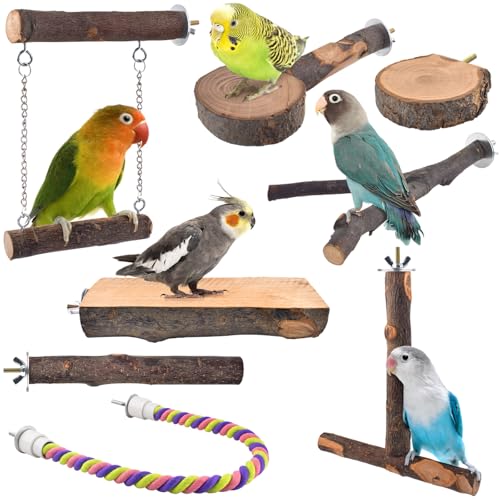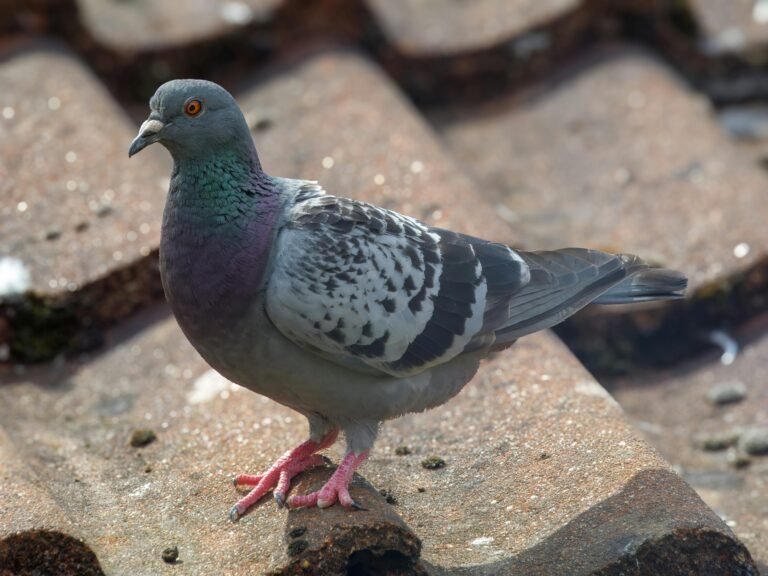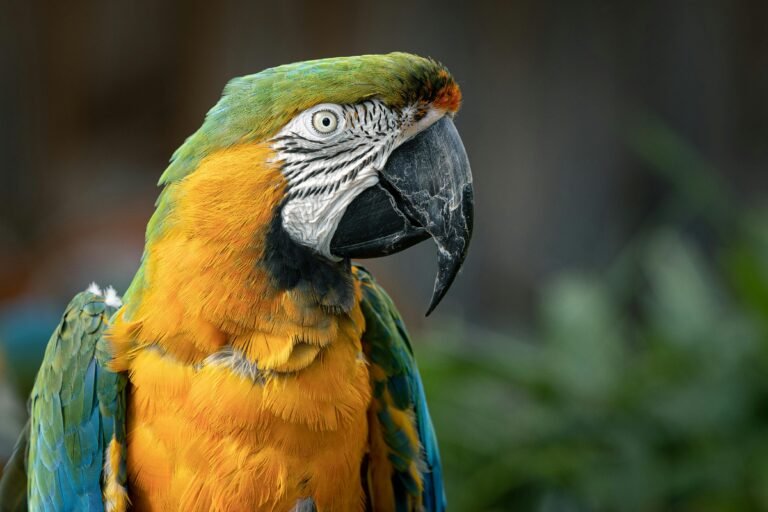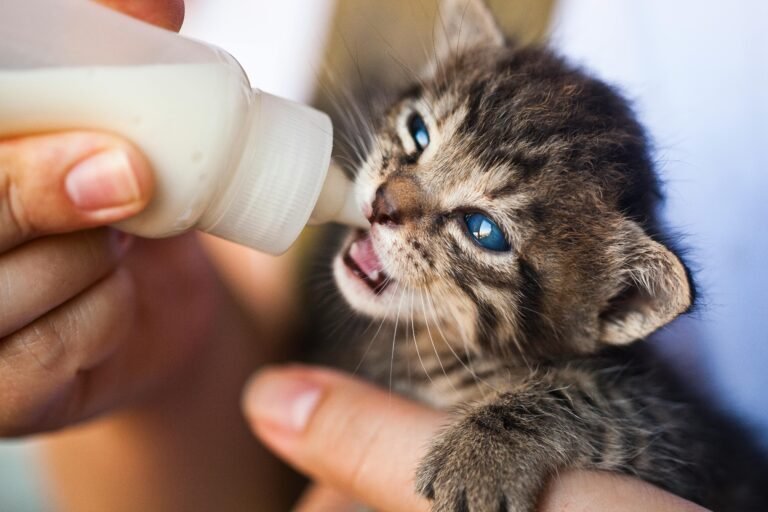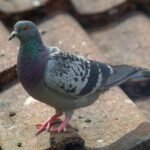Have you ever looked up at the sky as the sun sets and wondered: where do birds sleep at night? Because same. I used to think they just vanished like a magic trick—one minute chirping on my windowsill, next minute? Poof. Gone. But once I started diving into the weirdly fascinating world of bird sleep, I realized just how wild (and adorable) their nighttime rituals really are.
So, let’s get this out of the way right now: birds DO sleep at night (yes, even your chatty cockatiel), but how, where, and why is way more complex than you might think.
Table of Contents
Where Do Birds Sleep at Night? (Let’s Talk Real Answers)
Right off the bat, most birds aren’t building cozy little nests just for sleep. In fact, nests are for babies and eggs—not bedtime.
When night hits, birds go into survival mode: find a safe, hidden, comfy spot to crash. Here are the most common places where birds sleep at night:
- Tree branches, close to the trunk for warmth and safety
- Bushes or dense foliage, to hide from predators
- Cliff ledges, especially for seabirds and raptors
- Tall grass or shrubs, for ground-nesting species
- Man-made nooks, like gutters, birdhouses, and window ledges
- Cavities in trees (woodpeckers LOVE these)
And get this—some birds even sleep while flying! (Yeah, I’ll explain more below because that blew my mind, too.)
Understanding the Bird Sleep Cycle – It’s Not Like Ours
Let me tell you, the bird sleep cycle is not your average 8-hour Netflix-and-doze routine. Birds are wired for survival. Their sleep is fragmented, hyper-aware, and often super short. But incredibly smart.
Most birds enter a sleep mode called unihemispheric slow-wave sleep (USWS). That’s just science-speak for: they literally sleep with one eye open. Half of their brain rests while the other half stays alert for danger. Seriously. It’s like having built-in night vision security.
Quick facts about the bird sleep cycle:
- They fall asleep FAST. (Jealous?)
- Light, temperature, and noise impact how well they rest
- Migratory birds may take naps while flying long distances
- Many birds wake at dawn with the first light (that explains the chirping)
- They adapt their sleep pattern based on season, threats, and food availability
And yes—if you have pet birds, your cockatiel or budgie follows a similar rhythm. So no wonder mine gets cranky when I stay up with the lights on!
How Long Do Birds Sleep?
This depends on the bird, but most birds sleep between 10 to 12 hours a night. That’s right—your feathered friend likely gets more shut-eye than you do!
Nocturnal birds (like owls) sleep during the day, while diurnal birds (the kind active during the day) begin to wind down as the sun sets. Birds are big fans of routine. If you’ve ever owned a parrot, you know the second dusk hits, they’re practically begging for their cage cover.
Wild birds follow light cycles. So during longer summer days, they may sleep less; winter brings longer snooze times. If only we had that luxury.
Do Birds Sleep While Flying?
Okay, this blew my mind when I first read it—but YES, some birds do sleep while flying. Mainly long-distance migrators like frigatebirds and swifts.
They nap mid-air using that same one-eye-open trick. Scientists found frigatebirds can sleep in 10-second bursts while gliding thousands of miles.
So next time someone tells you they’re tired from travel, remind them some birds literally power nap mid-flight. No excuses.
How Do Birds Sleep Like?
Birds have all kinds of quirky sleeping habits. Unlike us, they don’t need pillows or a comfy mattress. Most birds sleep perched on one leg, head tucked under a wing, fluffed up to retain body heat. It’s kind of adorable, honestly.
Some birds—like parrots—have a locking mechanism in their feet that lets them grip the perch without falling off, even while fully asleep. It’s called a “flexor tendon lock” and it’s pure evolutionary genius.
Others, like ducks and shorebirds, sleep on the ground or water surface, again using unihemispheric sleep to keep one eye open for danger.
Every species has its own style, but the vibe is the same: small, safe, alert, and tucked in like little feathered burritos.
Do Birds Go Into Deep Sleep?
Yes—but it’s different from human deep sleep. Birds experience phases of sleep, including REM (rapid eye movement) sleep, just like we do. But their deep sleep cycles are shorter and lighter because they always have to stay semi-alert.
That’s where unihemispheric sleep comes in again—while half their brain may sleep deeply, the other half stays ready to bounce. Some birds do fully rest both brain hemispheres in short bursts, especially in captivity where they feel safer.
Pet birds, especially those with consistent routines and dark environments, may enjoy longer periods of true rest. So yeah, if your bird is snoring a little (it happens!), that’s a sign they feel safe with you.
🏠 Sleep Spots by Bird Type: From Pigeons to Parrots
Different birds, different bedtime vibes. Let’s break it down:
• Songbirds (Robins, Sparrows, Finches)
These guys look for dense bushes or branches. They’ll fluff up, tuck in their beaks, and snooze away from view.
• Parrots
Pet or wild, parrots usually cling to horizontal branches. They balance like pros on one foot and even sleep upside down (yes, like bats!).
• Owls
They sleep during the day, of course. Tree hollows and shaded perches are their go-to nap zones.
• Ducks, Geese & Swans
You’ll catch these sleeping in water or on the banks—one eye open. Classic USWS users.
• Pigeons & Doves
Flat surfaces are their fave: ledges, beams, rooftops. City birds? They improvise like champs.
Where Do Pet Birds Sleep Best?
As someone who raised a feisty budgie named Mango, let me tell you—sleep setup matters.
Tips for better pet bird sleep:
- Cover the cage at night to mimic darkness
- Keep the sleep schedule consistent
- Avoid noisy electronics or lights after sunset
- Offer a flat perch or snuggle hut (some love them, some don’t)
- Place cage in a quiet room away from windows
Insider tip: Birds can get sleep-deprived, just like us. Mine used to get grumpy and even bitey when she wasn’t sleeping enough!
(For more pet bird care, check out our post on Quietest Pet Birds for Apartments)
FAQs About Where Birds Sleep at Night
Do birds sleep in nests?
Only when raising chicks. Adults usually sleep on branches, ledges, or hidden spots.
Do birds sleep alone?
Depends on the species. Some flock together for warmth and safety, others are solo sleepers.
What time do birds go to sleep?
Most birds wind down at dusk and wake with first light. Pet birds love a solid 10-12 hour sleep cycle.
Where do birds sleep when it rains?
They find shelter in thick trees, under leaves, or eaves. Their feathers also repel water to a degree.
🔍 Related Reads:The Life of a Swallow Bird: Behavior, Habitat & Meaning Explained
Final Thoughts: Birds Know How to Rest
So the next time you hear silence after sunset and wonder where do birds sleep at night, remember: they’re out there, tucked into some hidden nook, dozing with one eye open and feet locked like ninjas on a branch.
Nature is wild. And birds? They’re secretly some of the smartest sleepers on the planet.

